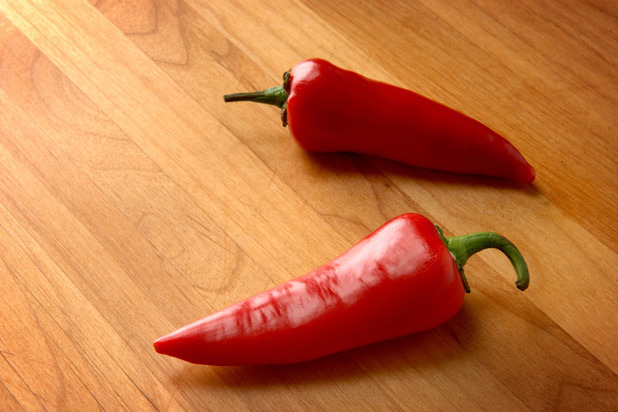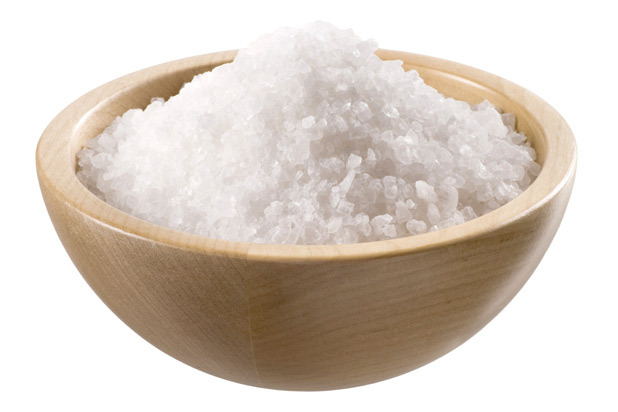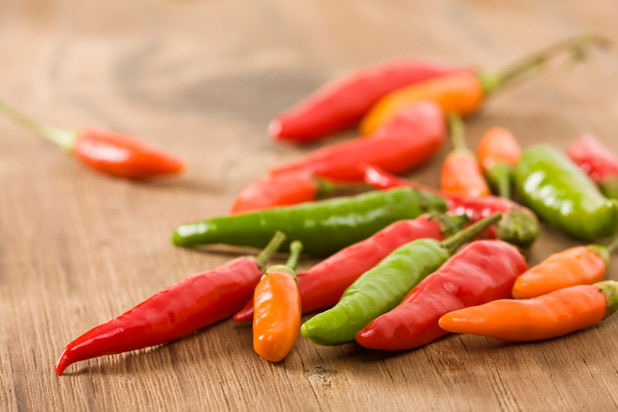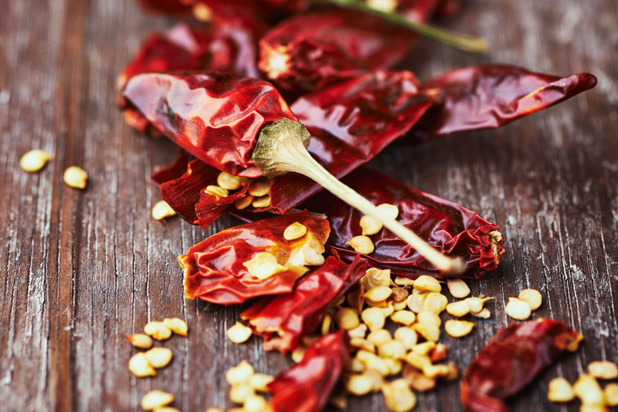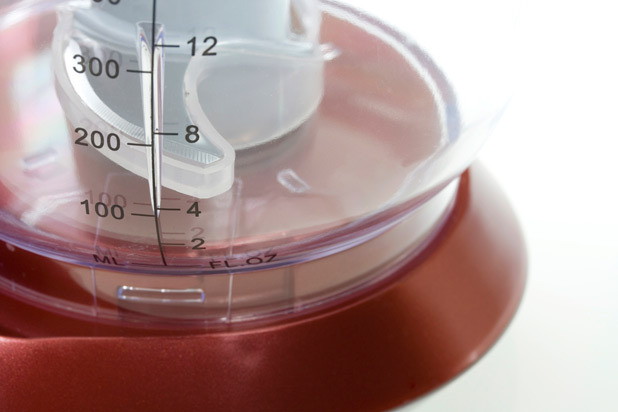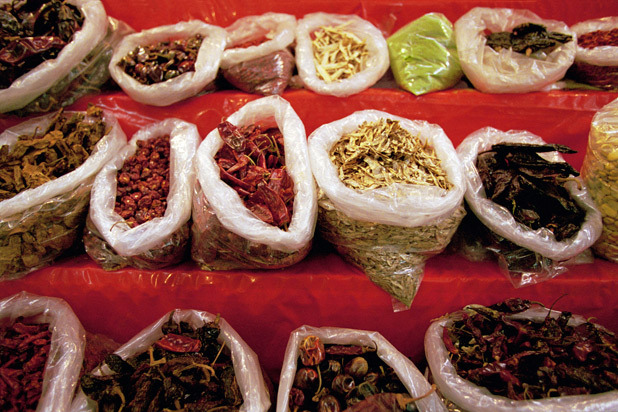How To Make Sriracha At Home Slideshow
The Daily Meal: For someone who wants to make their own Sriracha at home, what ingredients would they need to buy?
Jojo Collins: Sriracha consists of chile peppers, vinegar, garlic, salt, and sugar.
The Key Ingredient
TDM: In your opinion, which ingredient is key to making something close to "the real thing"?
JC: If you want a Sriracha that is close to "the real thing," start with red jalapeños, red fresnos, or long Holland peppers.
Proportions
TDM: Can you provide some rough proportions for the main ingredients — for example, chile to sugar to salt to vinegar?
JC: You can really experiment here to come up with something that suits your fancy. If you are going to lacto-ferment your chiles, just make sure you have at least 2 percent salt (this will keep your peppers safe until the good bacteria take over). Two percent is about 3 tablespoons per 5 pounds of chile peppers.
Flavor Profiles
TDM: For people looking to give their Sriracha a bit of personality, what kinds of chile peppers can they use to emphasize different flavor profiles — for example, hot, citrusy, or floral?
JC: Peppers have an attitude all their own so this is really going to depend on the varietal, region, and time of season. My advice is to get to know your farmers. Ask then what they grow and what the peppers taste like — then pull up your bootstraps and try them raw, even just a little nibble at a time, to see what flavor they are all about.
Dried Versus Fresh
TDM: Should people be using dried or fresh chile peppers, and should they be seeded?
JC: I haven't played around with dried chile peppers, but I do know others that have. Some people are scared of the seeds because that's where the heat is, but I leave the whole chile pepper in my mix. Also, you'll need a decent blender if you want to keep the seeds in (see next question).
Texture and Consistency
TDM: How do you achieve the correct consistency?
JC: This was actually one of the hurdles I came across in scaling up my production. I ended up doing a crowd-funding campaign... to raise money for an industrial blender that could handle puréeing whole chile peppers. Now I use a 4-horsepower blender.
Allergic to Horses
TDM: But, what if you don't have a horse-powered blender?
JC: If you don't have a really strong blender like a Vitamix, plan on either wearing your home version out or experimenting with seeding your peppers.
Last Words
Finally, we asked Collins for her last parting words of advice.
"Have fun and get into it," says Collins. "Learn where your food comes from and invest in knowing what you put into your body. Experiment, play, get creative. May your kitchen become your temple..."

